Santa Monica-based MindMate has come a long way since launching in co-founder Susanne Mitschke’s two-bedroom Glasgow apartment in early 2015.
Less than four years later, the popular healthy living app for seniors is stimulating the minds of more than 500,000 baby boomers across the world and giving them tips to stay fit and active. The company secured a $2 million funding round in March.
But the 28-year-old Mitschke said she still remembers those early days vividly.
“We were three people in one tiny apartment,” she said. “We weren’t even able to afford heating. Not having a heated apartment in winter in Glasgow is no fun.”
We spoke to the Mucker Lab graduate to get the story behind MindMate’s journey from Scotland to Silicon Beach, and learn how Mitschke and co. managed to grow the app’s user base, secure major clinical partners, and build investor interest in an industry she acknowledged is far from “sexy.”
You’ve lived in quite a few places, right?
Yes, I was born in Germany, then I moved to Austria, and then I also lived in Italy and the United Kingdom before I moved to the U.S. — first New York then Santa Monica.
Did you intend to move around so much?
My parents and I traveled a lot in general. I wanted to leave Germany because I’m not a fan — except for the bread! I always wanted to live in Vienna because when I visited when I was 12 I fell in love with the city. So, it was clear that I was going to live there after high school and study. I’m a big fan of Italian cuisine as well, which is why I decided to do a semester abroad in Italy. I wanted to do my master’s in an English-speaking country. The U.S. is really expensive, so I decided to study in the U.K.
What did you study?
My bachelor’s was in business, economics and social science; and my master’s was in international management and leadership.
How did you get the idea for MindMate?
My two co-founders and I met in grad school in Glasgow. I have aging parents. My family is quite old compared to how old I am. I want to help my family to age gracefully and healthfully and not get Alzheimer’s and dementia. My other co-founder, Roger (Arellano), cared for his grandfather for seven years, and my other co-founder, Patrick (Renner), volunteered in a nursing home in Germany and cared for people with dementia.
How did you get the company of the ground?
We bootstrapped for the first two years. In Scotland, there are lots of different grants and competitions to get money. I think our first $120,000 we got out of competitions for students. That’s how we got our first prototype, made our first partnerships with organizations, got the word out, and tested what we were doing. Then we were accepted into Techstars NYC, and we got another $120,000. They helped us to not only make our product better, but also to basically help us gain our user base.
How did you make your way to Mucker?
After Techstars, I talked to Will (Hsu), and Will was excited. I talked to Will on the phone a second time, and he still liked what we do. He introduced me to Erik (Rannala), and Erik also liked what we do. And then they gave us money!
What was the Mucker experience like?
Mucker helped us to really scale our users, and helped us with the business model. They helped us a lot to raise our round. The accelerator at Mucker is more like an incubator. You can get as much help as you want. If you don’t ask for help, you don’t get help. But we asked for a lot.
Did they help in the fundraising process too?
They made a ton of intros. Will practiced answers with me. He quizzed me, and then I gave my answers to him, and he was like ‘No, you can’t tell them that.’ That was very helpful. The process was long. It took us almost half a year, but then we got the $2 million in the bank, which was quite good.
How does your app work?
In the app, we offer our users physical exercises, advice on proper nutrition, recipes, also brain games and activities around reminiscence and music from the past. During the process of using the app, we get a lot of data points, which we then use for good and to hopefully help accelerate Alzheimer’s research. For example, we have our users’ health conditions, and know about their living situation and lifestyle choices.
How do you use those data points?
The data we collect is very valuable for many different players, and one player is the pharmaceutical industry. They have lots of clinical trials going on, and most need older people. One topic that’s huge is Alzheimer’s and dementia because there’s no cure. People are really searching for the cure, and that’s where we come in. We can match our users with the open clinical trials.
Is there that big a need for clinical trial patients?
The clinical trial industry is completely broken. Last year, this industry spent $6 billion, and most of this money is wasted because they have no idea how to target people. They run radio, TV, and newspaper ads. Yes, the reach is extremely big, but most people won’t call if they hear an ad on the radio or see one on TV. We have a very good approach in the app to educate people about clinical trials, what they’re getting into, what it’s about. If we find a clinical trial in the area for which they’re a match, we give them more information and they can say ‘yes’ or ‘no.’ Because of that, the quality of the referrals we give is a lot higher.
How did you grow your user base?
Our users are very different from millennial users. Ours are on average between 65 and 75, so things that work for millennials don’t work for this generation. That’s also a good thing because we are not competing with all those apps in the space. What we really worked on was building a community and getting word of mouth.
Where did you target the ads?
We focused on SEO (search engine optimization) and ASO (app store optimization). That’s another thing with this generation — they get an iPhone or an iPad from their kids, and they have no idea at first how to use an iPad or iPhone and also don’t know what apps to use.
How do you envision MindMate evolving over the next few years?
We actually want to own more of the infrastructure. We want to use more machine learning and artificial intelligence to pick the best users for trials, and we want to build more on our back end. That’s also to make our product better, and we want to build more software for this base. That’s why we decided to raise more money.
What’s the most unexpected thing you’ve had to deal with as a CEO?
What surprised me the most is the wide variety of tasks as a CEO. For example, I’m working on the one side with our investors. On the other side, I’m also frequently communicating with our users, or working on product-related tasks, but also working with our enterprise clients and doing enterprise sales.
How have you evolved as a leader over the last three-plus years?
Our first investor in the U.S. told me the last time we met that I made a good step forward, and that I’m more American now. As a German person, or a European, I let numbers speak for themselves. Our numbers are good. But in the U.S., you have to emphasize how great and awesome everything is. I think I’m getting better at this, but I feel I still could do more when it comes to that kind of branding.



